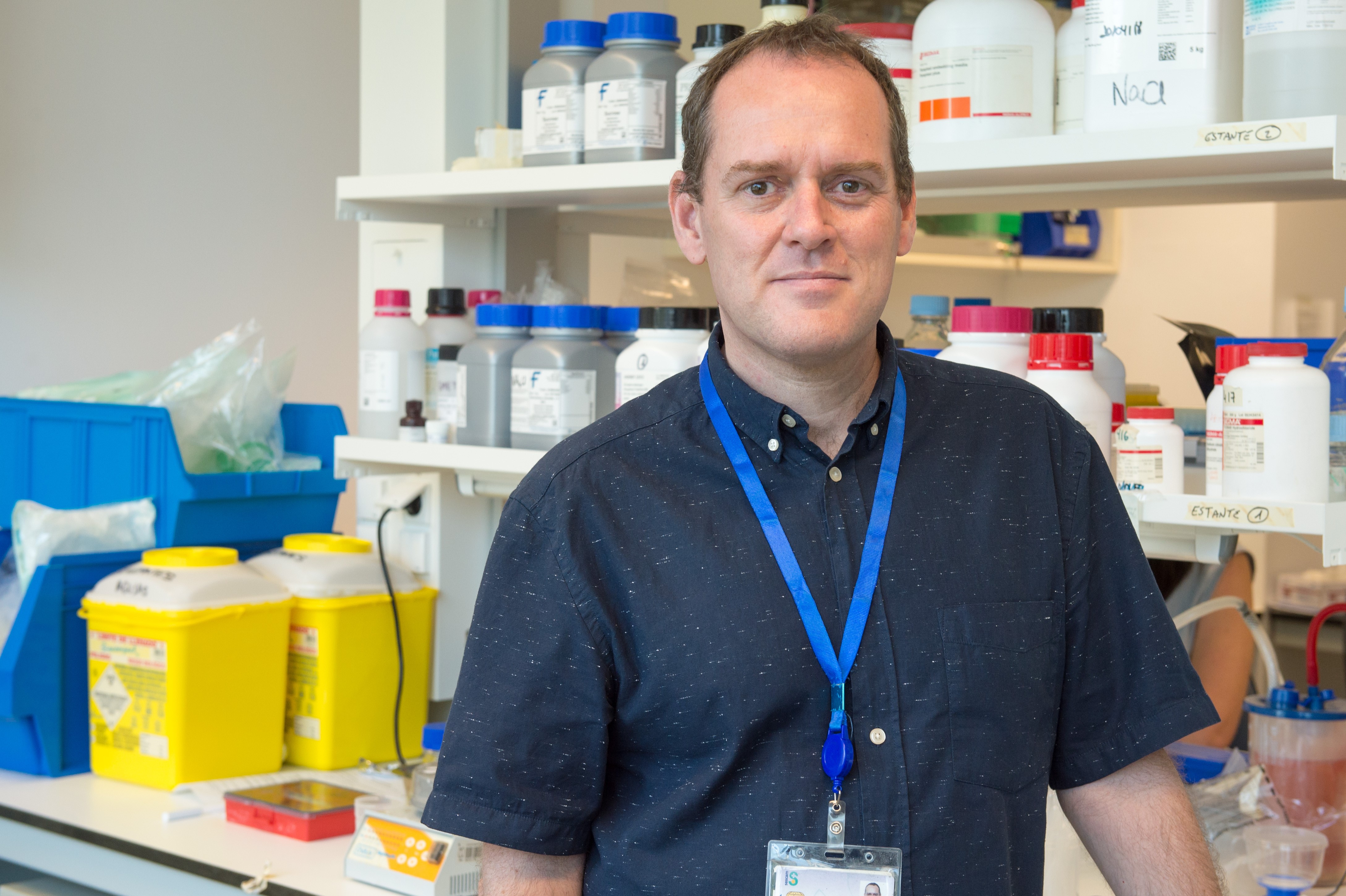INSTITUTE SEMINAR
The immunoregulatory innate immunity as a translational tool to predict nervous tissue damage and treat multiple sclerosis
Speaker
Diego Clemente
Date and time
June 14 12.30 hrs.
Place
Cajal Institute
Abstract
Multiple sclerosis is a neurological disease that needs new tools for its clinical evaluation and treatment. The heterogeneity of this immune-mediated disease makes it difficult for the neurologist to make therapeutic decisions, so biomarkers predictive of its clinical course and treatment efficacy are needed. Despite the existence of 20 approved treatments that control the peripheral immune system, there are no pro-regenerative or neuroprotective treatments, which is behind the uncontrolled progression of disability in each patient even in the absence of relapses. Finally, cell therapy is presented as the only therapeutic alternative to control the relentless progression of highly active MS. This seminar will show how innate immune regulatory cells, i.e. myeloid-derived suppressor cells, could be a new clinical and therapeutic tool to predict MS severity, treatment efficacy, extent of nerve damage and as new elements for the development of cell therapy aimed at controlling nervous tissue protection and MS progression.
Affiliation and short bio

Diego Clemente obtained his Ph.D. in Neurosciences (2003; Dr. R. Arévalo) at the University of Salamanca. In 2004 he moved to the Cajal Institute-CSIC as a postdoctoral fellow (Dr. Guaza), working on anti-inflammatory therapies (cannabinoids) for multiple sclerosis (MS). From 2006-2010, he worked at the National Hospital of Paraplegics (HNP) as a Junior Postdoc (Dr. de Castro) studying the role of molecules involved in OPC biology during development in the context of MS. In 2010 he started to co-lead his own research line on myeloid-derived suppressor cells (MDSCs) as regulatory agents of an inflammatory episode for MS. Since 2015 he leads the Neuroimmune-Repair group at the HNP working on MDSCs as biomarkers and cell therapy for MS. He has published 46 papers (23 since 2015; 2333 citations, H27-Gscholar; 65%-Q1, 28%-D1) and has been PI of 18 international/national grants. He has 2 patents and 4 research agreements with NOVARTIS, EMD SERONO Inc, BMS and ROCHE. His group is member of the Spanish Network of MS, CIBERNED, and IMMUPARKNET (immune system and Parkinson Disease). Director of the Summer Course “New advances and challenges in MS” at the UIMP since 2016. He was awarded the Castilla-La Mancha Prize for Research and Innovation (SCIENCE).
Related publications with the topic
Camacho-Toledano, C. ;Machín-Díaz, I. ;Lebrón-Galán, R. ;González-Mayorga, F.A. ;Palomares, F.J. ;Serrano, M.C. ;Clemente, D. Graphene oxide films as a novel tool for the modulation of myeloid-derived suppressor cell activity in the context of multiple sclerosis. Nanoscale, 2024. In press. doi: 10.1039/d3nr05351b.
Ortega, M.C.* ;Lebrón-Galán, R.* ;Machín-Díaz, I. ;Naughton, M. ;Pérez-Molina, I. ;García-Arocha, J. ;García-Domínguez, J.M. ;Goicoechea-Briceño, H. ;Vila-del Sol, V. ;Quintanero-Casero, V. ;García-Montero, R. ;Galán, V. ;Calahorra, L. ;Camacho-Toledano, C. ;Martínez-Ginés, M.L. ;Fitzgerald, D. ;Clemente, D. Central and peripheral myeloid-derived suppressor cell-like cells are closely related to the clinical severity of multiple sclerosis. Acta Neuropathol, 2023, 146, 263 – 282. doi: 10.1101/2022.04.20.488896.
Camacho-Toledano, C. ;Machín-Díaz, I. ;Calahorra, L. ;Cabañas-Cotillas, M. ;Otaegui, D. ;Castillo-Triviño, T. ;Villar, L.M. ;Costa-Frossard, L. ;Comabella, M. ;Midaglia, L. ;García-Domínguez, J.M. ;García-Arocha, J. ;Ortega, M.C. ;Clemente, D. Peripheral Myeloid-Derived Suppressor Cells are good biomarkers of the efficacy of Fingolimod in Multiple Sclerosis. J. Neuroinflammation. 2022, 196, 277. doi: 10.1186/s12974-022-02635-3.
